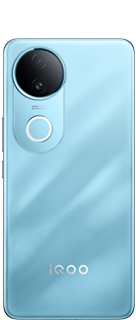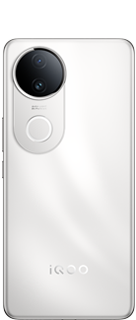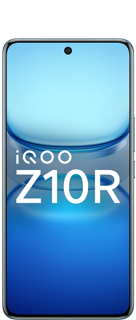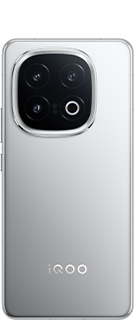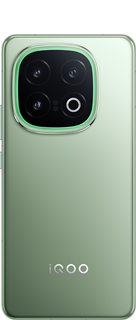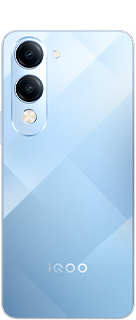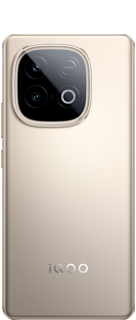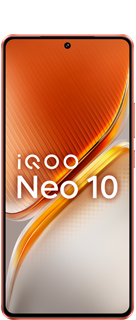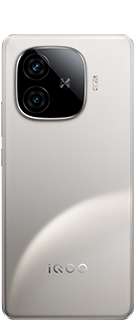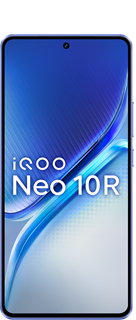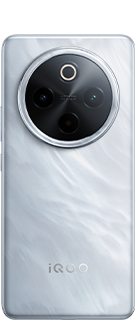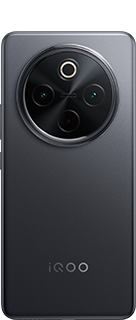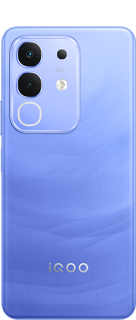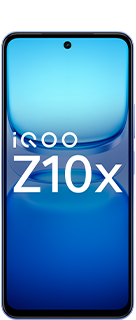India is embracing NFC: Why this contactless payment mode is the next big thing?
Hello Fam ! I am here to introduce you to the NFC Payments !
If you own a smartphone priced over Rs 20K, there's a good chance it supports near-field communication (NFC). This technology, which uses radio waves to transmit data over short distances, has become something of a global phenomenon and is being used by billions worldwide, primarily for payments.
However, India is not on the same page as the rest of the world when it comes to NFC. The technology is still in its infancy in the country, and not many people are aware of its benefits and uses. In this article, we will explore what NFC is, how it works for payments, and what it can do for India.
What is NFC and how does it work?
NFC is a way of making devices like phones and smartwatches exchange tiny snippets of data with other devices or read NFC-enabled cards over short distances. It is based on the same technology as RFID, which has been around for decades, except with more features and greater security.
NFC in smartphones is enabled by an NFC controller chip and an NFC antenna. The NFC controller chip combines an NFC reader and an NFC tag. The NFC chip allows the phone to communicate with other NFC-enabled devices and tags.

One of the best things about NFC is that it is very easy to use. You don’t have to do anything complicated like pairing devices or entering passwords like you do with Bluetooth or Wi-Fi. It works automatically when the devices are close enough, usually within a few centimetres. In most cases, you have to touch the devices together to start the communication, so there are no worries about accidental triggers.
Why are NFC payments so popular outside India?
NFC has a bunch of use cases (more on that later) but it's primarily used for payments as mentioned above. While already popular around the world, this contactless mode of payment really caught on during the Covid-19 pandemic for obvious reasons.
It really started off with contactless cards – an easy one-tap solution for smaller transactions without the need to enter a PIN. But then Apple Pay came along in 2014, and even though Apple holds back from mentioning NFC on the promo material, the payment service is indeed powered by the technology. Google Pay also grew in popularity around the same time for Android devices.
How do NFC payments stack up against UPI?
In India, UPI payments are overwhelmingly preferred to NFC, and the reasons mostly come down to accessibility and cost. Not all phones actually have an NFC sensor built in – those still tend to be more high-end models. But with QR codes and UPI apps, even more basic phones can get in on the contactless payment action.
Meanwhile, for street vendors and small business owners on the other end, simply having a printout of a QR code is way cheaper and easier to manage than having to get an NFC reader set up. The business case for NFC just isn’t compelling enough in India where so many people still use basic phones.
However, thanks to recent initiatives by the National Payments Corporation of India (NPCI), NFC and UPI payments will soon not be as mutually exclusive anymore. In September, NPCI announced UPI Tap & Pay – an extension of the Indian payment method that will let users make payments simply by tapping their devices on NFC-enabled QR codes at merchant locations. When this goes live, expect phone brands to bring NFC to more affordable handsets.
Please do follow me @RockyFTW for more interesting updates .
Signing off @RockyFTW
Moderator @iQOO Connect
Please sign in
Login and share
